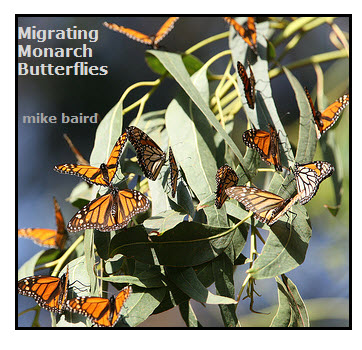The end of a zygote with relatively less yolk and lying closer to the cell’s nucleus. The location of the egg’s poles defines the orientation in which the embryo develops.
blastocyst
Hollow, fluid-filled ball of cells that is formed in the early stages of the embryonic development of humans and other mammals. In non-mammalian animals, the blastocyst is known as the blastula.
blastula
An early-stage animal embryo composed of one or more layers of cells surrounding a liquid-filled cavity known as a blastocoel. A key feature in defining animals as all animals go through a blastula stage in development, but no other organisms do. (In vertebrates, the blastula is referred to as the blastocyst.)
cleavage
The developmental process in which a zygote is repeatedly divided into smaller individual cells through cell division.
digestive system
The organ system that transports food into the body, secretes digestive enzymes that help break down food to allow it to be absorbed by the body, and excretes waste products. This system consists of the esophagus, stomach, and large and small intestines plus the accessory glands that produce the enzymes along the way.
embryo
A developing organism. In humans, the developing organism from the time a zygote undergoes its first division through the end of the eighth week of development.
embryonic stem cell (ES cell)
A cell from the blastocyst stage of a human embryo that is capable of giving rise to all the types of cells in the adult body.
fertilization
The fusion of two gametes to form a zygote. In humans (and many other organisms), the gametes known as sperm and egg fuse, resulting in a zygote.
gastrulation
The process in early animal development in which an embryo’s cells migrate to form three layers of tissue: the endoderm, the mesoderm, and the ectoderm. Each of these layers then goes on to give rise to differing tissues and organs in the organism.
induction
In animals, the capacity of some embryonic cells to direct the development of other embryonic cells. For example, cells of the notochord induce the tissue above them to form the neural tube.
messenger RNA (mRNA)
A type of RNA that encodes, and carries to ribosomes, information for the synthesis of proteins.
migration
A regular movement of animals from one location to a distant location. Also, the movement of individuals from one population into the territory of another population. Migration is the basis of gene flow among populations.
morphogen
A diffusible substance whose concentration in a region of an embryo affects development in that region.
morula
A tightly packed ball of early embryonic cells.
neural crest cells
Cells that break away from the top of the vertebrate neural tube as it folds together and then migrate to varying parts of the embryo, giving rise to various tissues and organs.
neural tube
A dorsal, ectodermic structure that gives rise in vertebrates to both the brain and spinal cord.
notochord
A dorsal, rod-shaped support organ that exists in embryonic development in all vertebrates and in the adults of some vertebrates.
polarity
A difference in electrical charge at one end of a molecule compared to the other.
somites
One of the blocks of mesodermal tissue in the vertebrate embryo that lies on both sides of the notochord and gives rise to muscles and the vertebrae that enclose the spinal cord.
vegetal pole
The end of the zygote with relatively more yolk and lying farther from the cell’s nucleus. The location of the egg’s poles defines the orientation in which the embryo develops. Will develop into the anal end.
zygote
A fertilized egg. In humans, the developing organism from the time of fertilization through the time of the first cell division (about 30 hours after fertilization).
